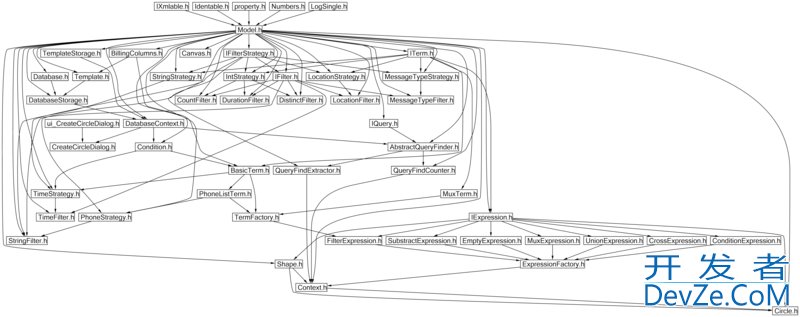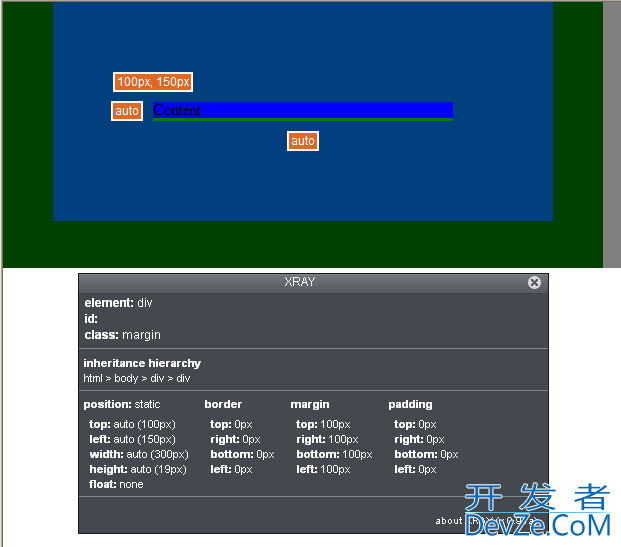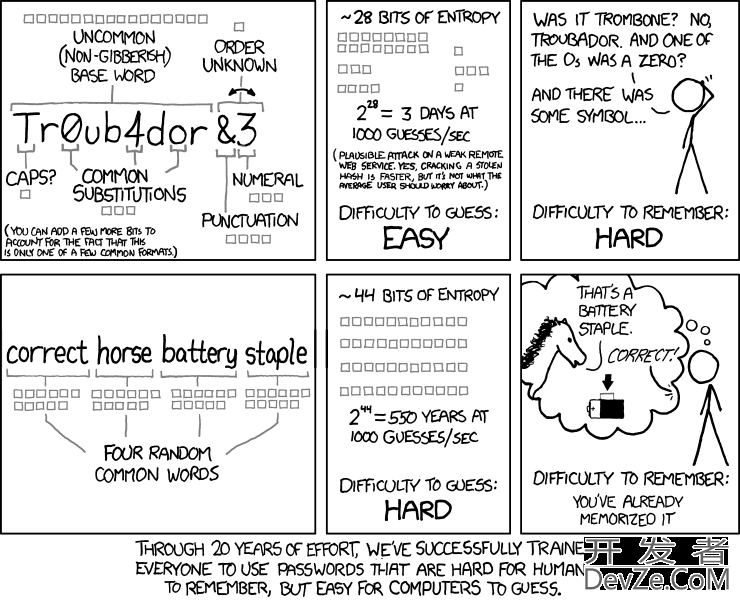Live Example
HTML5 <menu> element
HTML5:
<menu type="list">
<li><a href="/signup/"> Sign Up </a></li>
<li><a href="/login/"> Log In </a>开发者_JAVA技巧;</li>
</menu>
I want to add a signup / login menu to my website.
- Would using
<menu>be semantic? - Should I use
<ul>instead?
Edit: I'm using semantic HTML5. Browser support is irrelevant.
As I'm sure you're aware:
The menu element represents a list of commands.
It really just depends on how you define "list" and "commands." Are "Login" and "Sign up" commands? Or are they list items? Personally I think they're commands. A list (ul or ol) is more akin to something longer, two items just don't seem to make a list, to me. Login and Sign up seem like commands because they're what Stephen Krug, in Don't Make Me Think calls "Utilities":
Utilities are links to important elements of the site that aren't really part of the content hierarchy.
These are contrasted with what he calls "Sections":
links to the main sections of the site: the top level of the site's hierarchy [navigation]
This makes sense semantically: You use <nav> for Krug's "sections" (navigation) and <menu> for utilities or commands (Log in, Sign Up, Search, etc.)
I don't think it's going to matter too much. There are a lot of options you can choose, even the new <nav> tag. But an unordered list certainly isn't going to wreak havoc on your code or not pass HTML5 validation.
I still use unordered lists for my navigations. This includes websites with a top heading nav, sidebar, and footer links. But speaking in semantics, I would recommend the nav element over menu.




![Interactive visualization of a graph in python [closed]](https://www.devze.com/res/2023/04-10/09/92d32fe8c0d22fb96bd6f6e8b7d1f457.gif)



 加载中,请稍侯......
加载中,请稍侯......
精彩评论